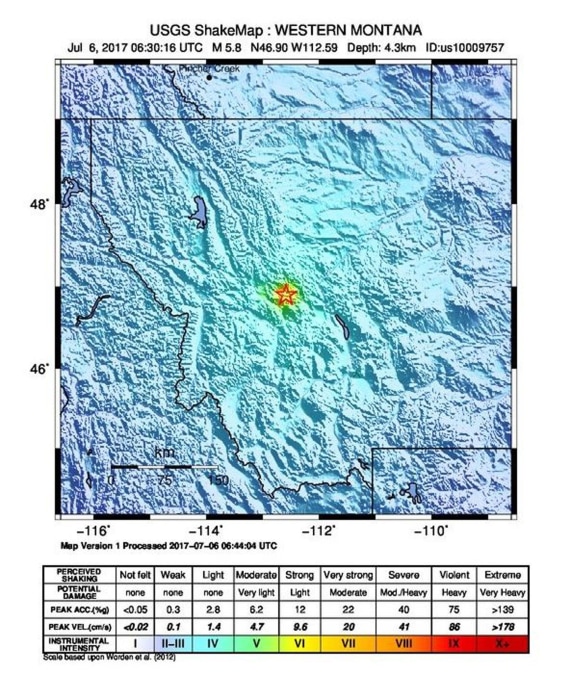 Unless you're a pagan and you plan to do some dancing and
drinking at the famous Stonehenge monument in England, you probably won't even
notice when the 2017 winter solstice arrives.
Unless you're a pagan and you plan to do some dancing and
drinking at the famous Stonehenge monument in England, you probably won't even
notice when the 2017 winter solstice arrives.In any case, the solstice occurs in the northern hemisphere on Thursday, Dec. 21, marking the official start of the winter season and also the shortest day of the year — the day with the least amount of sunlight. After that, each day will gradually grow longer and the nights will grow shorter. (See, there is a reason to celebrate, after all.)
In case you're not up on your winter
solstice facts, here are a few bits of information that can get you prepared
for astronomical conversations at the family dinner table or holiday cocktail
parties.
When does the winter solstice occur?
This year, the winter solstice arrives at 8:28 a.m.
(Pacific time) Today (12/21) For people in the northern hemisphere, Dec. 21 will be
the shortest day and longest night of 2017, with exactly 8 hours, 35 minutes, 20 second
of daylight for those of us in the Lewiston/Clarkston Valley. Check out the chart below for other locations around the Inland Northwest.
Today 12/21 Sunrise 7:29 am Sunset 4:04 pm
Today 12/21 Sunrise 7:29 am Sunset 4:04 pm
Friday 12/22 Sunrise 7:29 am Sunset 4:05 pm
AS YOU CAN SEE FROM THE CHART ABOVE we're only gaining a few seconds of daylight on Friday - the first full day of winter. The rate will increase and the length of day will increase noticeabley...but not for a couple of months.
What happens on the winter
solstice?
The winter solstice is an astronomical
event, when the Earth tilts to a position where the northern hemisphere is
farthest away from the sun, causing less light to reach that part of the
planet.







![[Image of probabilities of 34-kt winds]](http://www.nhc.noaa.gov/storm_graphics/AT12/refresh/AL122017_wind_probs_34_F120+png/085634.png)


































.jpg)
.jpg)



